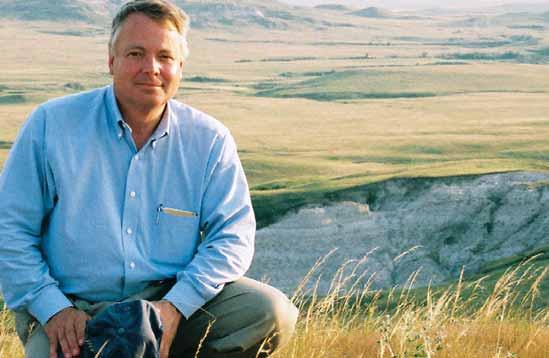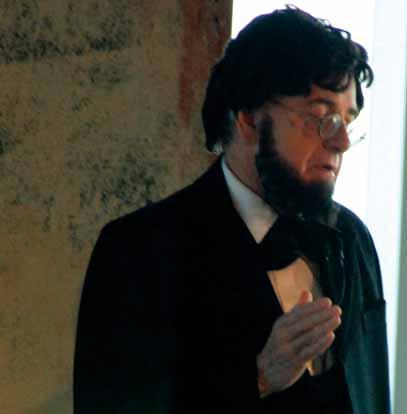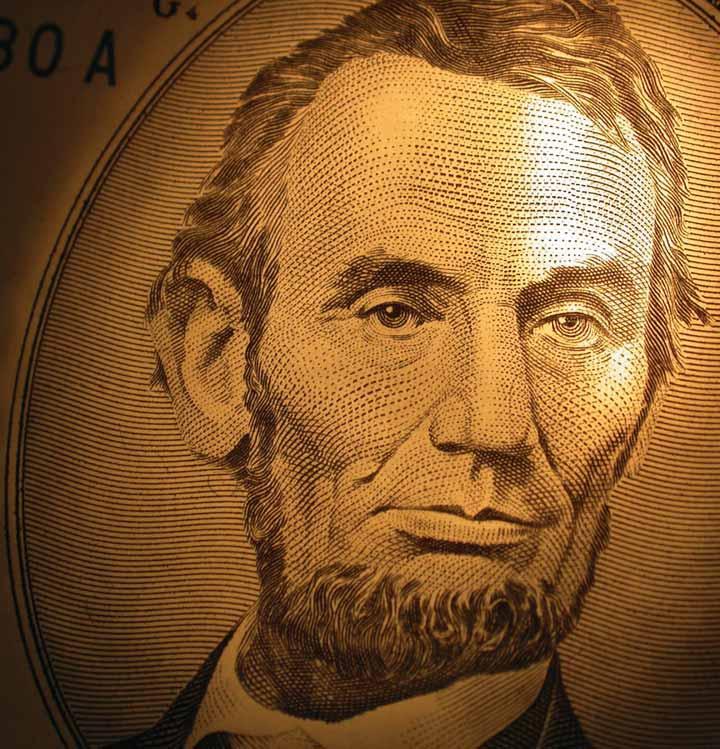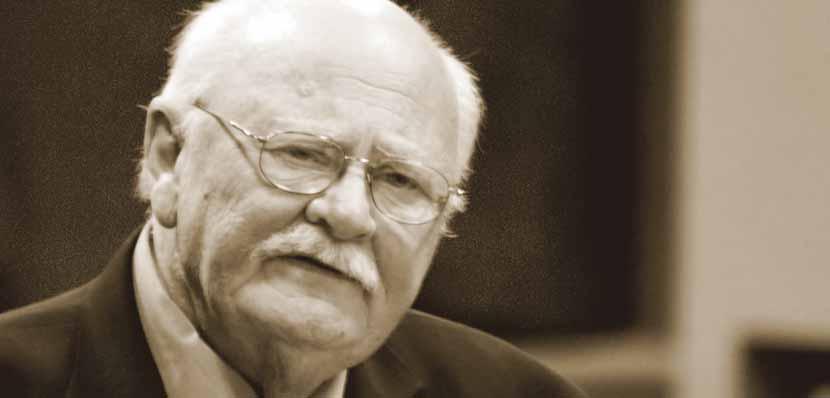Picturing Lincoln Abraham Lincoln was the first American president to use photography for political purposes. During his first presidential campaign in 1860, some thirty-five portraits of the candidate by the photographer Mathew Brady were circulated throughout the country. The immediacy of a photograph created a sense of intimacy between voter and candidate that few painted portraits could achieve—particularly in the mid-nineteenth century, when the medium was still a novelty for many Americans. Acknowledging its power to move the populace, Lincoln gave portrait photography credit for his victory. “Make no mistake,” he said. “Brady made me President!” This photograph of Lincoln by Alexander Gardner was made some years later, when the burden of the presidency had taken its toll. Gardner had been one in a team of photographers employed by Brady to follow the Union troops and make a visual record of the Civil War. He began to work independently in 1863, when he established his own studio in Washington, D.C., and became known for his portraits of uniformed soldiers setting off for war. President Lincoln visited Gardner’s studio one Sunday in February 1865, the final year of the Civil War, accompanied by the American portraitist Matthew Wilson. Wilson had been commissioned to paint the president’s portrait, but because Lincoln could spare so little time to pose, the artist needed recent photographs to work from. The pictures served their purpose, but the resulting painting—a traditional, formal, bust-length portrait in an oval format—is not particularly distinguished and hardly remembered today. Gardner’s surprisingly candid photographs have proven more enduring, even though they were not originally intended to stand alone as works of art. This half-length portrait of Lincoln is one of the finest from that February studio session. The president sits comfortably in a sturdy chair, his left elbow resting on its arm, his right on his own slightly elevated knee. There is nothing in this photograph to indicate Lincoln’s exalted position: we might just as well be looking at a humble country doctor. His clothing appears plain (though not unfashionable) and his loosely knotted bowtie has been left slightly askew. By this point in his public life, the president had sat for dozens of photographs, and he would have been mindful of the
24









